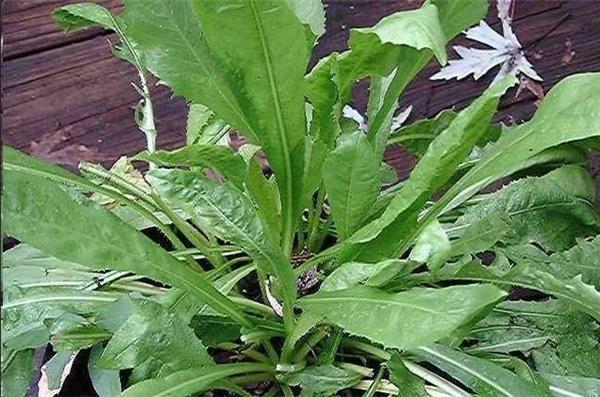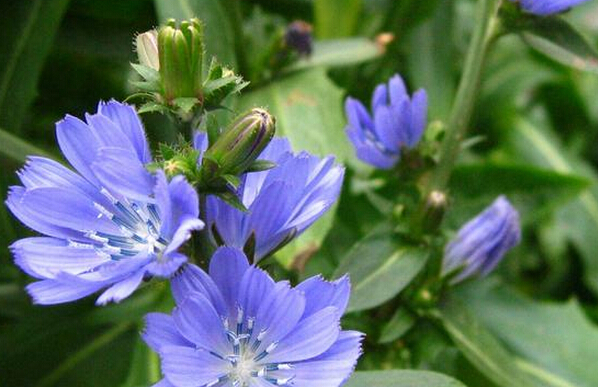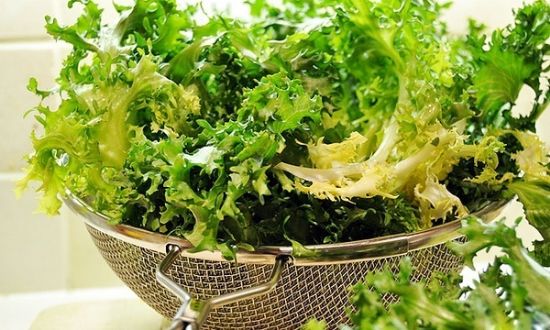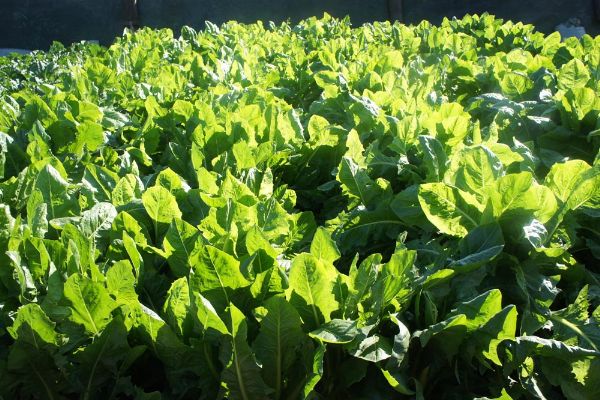The efficacy and function of chicory and matters needing attention in culture
Chicory is a plant that can not only be used to green the environment and purify the air, but also can be used as a vegetable, and chicory itself is not poisonous and can eat raw chicory leaves, so raising chicory at home is a very good choice, healthy and environmentally friendly.

I. the efficacy and function of chicory
1. Chicory is called European borage or French borage, Belgian borage and bract in Europe, and "bitter cabbage" in Japan.
2. Chicory is a variety domesticated and bred from wild chicory with tender leaves, leaf balls and leaf buds as vegetables. it is native to the Mediterranean, central and northern Asia. Chicory contains some bitter substances that are not found in common vegetables, such as chestnut glucoside, chestnut bark glucoside, mountain lettuce and mountain lettuce, which have the effect of clearing liver and promoting gallbladder.
3. The content of crude protein in chicory leaf clump stage is 22.87%, the content of crude protein in early flowering stage is 14.73%, with an average of 17%, and the crude protein yield reaches 250kg/ mu. The early flowering stage contains 2.1% crude fat and 30.6% crude fiber. It has the effects of clearing heat and detoxification, diuresis and detumescence, invigorating the stomach and so on.
4. Chicory contains many kinds of nutrients, which can not only regulate our endocrine disorders, but also improve the function of intestines and stomach, clear intestines and defecate, reduce fire and moisten dryness, but also enhance human immunity and other health effects.
5. Chicory is rich in potassium, which can effectively increase the oxygen supply to the brain and regulate heart rhythm.

Second, the edible method of chicory
1. After roasting and grinding, add coffee as a flavor additive or substitute for coffee; after the root is cooked, it can be coated with cream and the leaves can be used as a salad. It is sometimes used for coloring, thickening and bitterness of coffee (as people in New Orleans often do).
2. The tender leaves of chicory can be harvested and eaten, but the bud balls of softened chicory are mainly used for raw food. After the large bud balls are washed, peel off the leaves and dip the whole leaves with sauce to make a delicious appetizer salad. A small bud ball can be eaten whole. Do not rinse with hot boiling water (turn brown and soft and bitter after heating), but can be fried and boiled. There are damaged outer leaves on the outer layer, which can be stir-fried over high heat after washing, and should not be put for a long time.
3. Chicory, whether used for stir-frying, making salad, or as an ingredient of coffee, is very useful, not only has a strong flavor, but also has a good effect and effect. It is often used as an appetizer, or to reduce swelling and diuresis, especially for people with liver disease or frequent edema. Chicory is especially fond of eating chicory. In addition, it can also be used to clear heat and detoxify.

Matters needing attention in the cultivation of chicory
1. Temperature: chicory is a semi-cold-tolerant plant, and the taproot has a strong cold resistance. The optimum temperature for plant growth was 17-20 ℃, and when the temperature exceeded 20 ℃, the assimilation capacity decreased. However, the plants in the seedling stage had strong high temperature tolerance, and the optimum temperature for growth was 20-25 ℃. In the period of promoting the cultivation and softening of chicory, 18 ℃ was the best. The bud ball formed by too high temperature is loose and not compact; if the temperature is too low, the bud ball can not be formed for a long time.
2. Moisture: chicory needs a moist environment in the whole process of growth and development. If the soil moisture is insufficient after sowing, the time of germination and emergence will be delayed. But in the seedling stage, in order to promote the development of root system, it is necessary to properly control moisture so as to see wet and dry. After the plant grows, the taproot begins to expand, and the supply of water should be ensured.
3. Light: sufficient light is needed during the vegetative growth period of the plant so that the fleshy root can grow fully. Dark conditions are needed to facilitate cultivation.
4. Soil: fertile and loose sandy loam should be selected for planting. Chicory has strong adaptability to soil acidity and alkalinity, but the over-acidic soil is not conducive to its growth.

Chicory has a very high nutritional value, and at first, chicory was only treated as a wild vegetable, and now it can be fed by artificial means. so friends at home with suitable conditions can try to cultivate chicory and eat green and healthy vegetables.
Related
- Wuhan Hospital Iron Tree Blooming Result Was Instantly Frightened by the Gardener Master
- Which variety of camellia is the most fragrant and best? Which one do you like best?
- What is the small blue coat, the breeding methods and matters needing attention of the succulent plant
- Dormancy time and maintenance management of succulent plants during dormancy
- Minas succulent how to raise, Minas succulent plant pictures
- What are the varieties of winter succulent plants
- How to raise succulent plants in twelve rolls? let's take a look at some experience of breeding twelve rolls.
- Attention should be paid to water control for succulent plants during dormant period (winter and summer)
- Watering experience of twelve rolls of succulent plants
- Techniques for fertilizing succulent plants. An article will let you know how to fertilize succulent plants.



